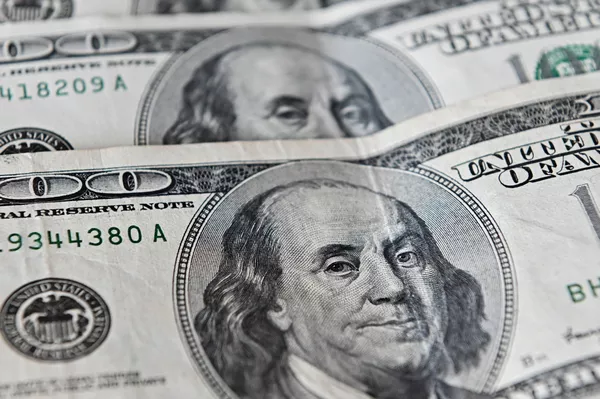The world of currency trading offers a multitude of opportunities for investors seeking to capitalize on market movements. One such strategy is shorting the dollar, a technique that allows traders to profit from a potential decline in the value of the U.S. dollar. In this comprehensive guide, we will explore how to short the dollar effectively, covering various aspects such as currency pairs, trading platforms, risk management, and factors influencing the dollar’s value. By understanding these strategies, you can navigate the intricacies of currency markets and potentially benefit from the fluctuations in the dollar’s value.
Understanding Dollar Shorting: A Brief Overview
1. What Is Dollar Shorting?
Dollar shorting, also known as “short selling,” involves borrowing dollars and selling them in the hope that their value will decrease. The goal is to buy back the dollars at a lower price, thus profiting from the difference.
2. Trading Currency Pairs
Currency trading involves trading one currency against another in pairs. The first currency in the pair is the “base currency,” and the second is the “quote currency.” When shorting the dollar, traders sell the base currency and buy the quote currency.
Choosing Currency Pairs
1. Major Currency Pairs
Major currency pairs involve the U.S. dollar and currencies of other strong economies. Examples include EUR/USD (Euro/US Dollar) and USD/JPY (US Dollar/Japanese Yen). Traders short the dollar by selling the base currency against the dollar.
2. Commodity Currency Pairs
Commodity currency pairs involve currencies of countries heavily reliant on commodity exports. Examples include USD/CAD (US Dollar/Canadian Dollar) and AUD/USD (Australian Dollar/US Dollar). Economic factors impacting commodity prices can influence these pairs.
See Also: U.S. Dollar: Values, Symbols & Denominations
Selecting a Trading Platform
1. Online Forex Brokers
To short the dollar, traders need to open accounts with reputable online forex brokers. These platforms offer access to various currency pairs, technical analysis tools, and order execution capabilities.
2. Demo Accounts
Many brokers offer demo accounts that allow traders to practice dollar shorting without risking real money. This is an excellent way for beginners to familiarize themselves with trading platforms and strategies.
Risk Management
1. Setting Stop-Loss Orders
Managing risk is paramount in currency trading. Traders can set stop-loss orders to automatically close a trade if the market moves against their position, limiting potential losses.
2. Calculating Position Sizes
Determining appropriate position sizes based on risk tolerance and account size is essential. Position sizing tools can help traders avoid overexposure and manage their portfolios effectively.
Factors Influencing Dollar Value
1. Economic Indicators
Various economic indicators, such as GDP growth, unemployment rates, and inflation, can influence the value of the U.S. dollar. Traders need to stay informed about these indicators and their potential impact.
2. Central Bank Policies
Decisions made by the U.S. Federal Reserve, including interest rate changes and monetary policy shifts, can significantly affect the dollar’s value. Traders must monitor central bank announcements closely.
3. Geopolitical Events
Geopolitical events, such as trade tensions or global conflicts, can create volatility in currency markets and impact the dollar’s performance against other currencies.
Developing a Shorting Strategy
1. Fundamental Analysis
Fundamental analysis involves evaluating economic data, central bank policies, and geopolitical factors to anticipate currency movements. Traders use this analysis to make informed shorting decisions.
2. Technical Analysis
Technical analysis involves studying price charts, patterns, and indicators to predict future price movements. Traders use technical tools to identify potential entry and exit points for short trades.
Monitoring and Adjusting Trades
1. Ongoing Analysis
Successful dollar shorting requires continuous monitoring of currency markets and open trades. Traders must stay informed about economic developments that could impact their positions.
2. Adaptability
Adapting to changing market conditions is crucial. Traders should be ready to adjust their shorting strategies based on new information and unexpected events.
Conclusion
In conclusion, shorting the dollar can be a profitable strategy for experienced traders looking to capitalize on potential currency value declines. Understanding the dynamics of currency pairs, selecting suitable trading platforms, implementing risk management practices, and staying informed about economic and geopolitical factors are essential for successful dollar shorting. As with any investment strategy, thorough research, ongoing analysis, and a disciplined approach are key to navigating the intricacies of currency markets. By following these guidelines and staying informed about the factors influencing the dollar’s value, traders can potentially achieve their goals in the dynamic world of forex trading.


